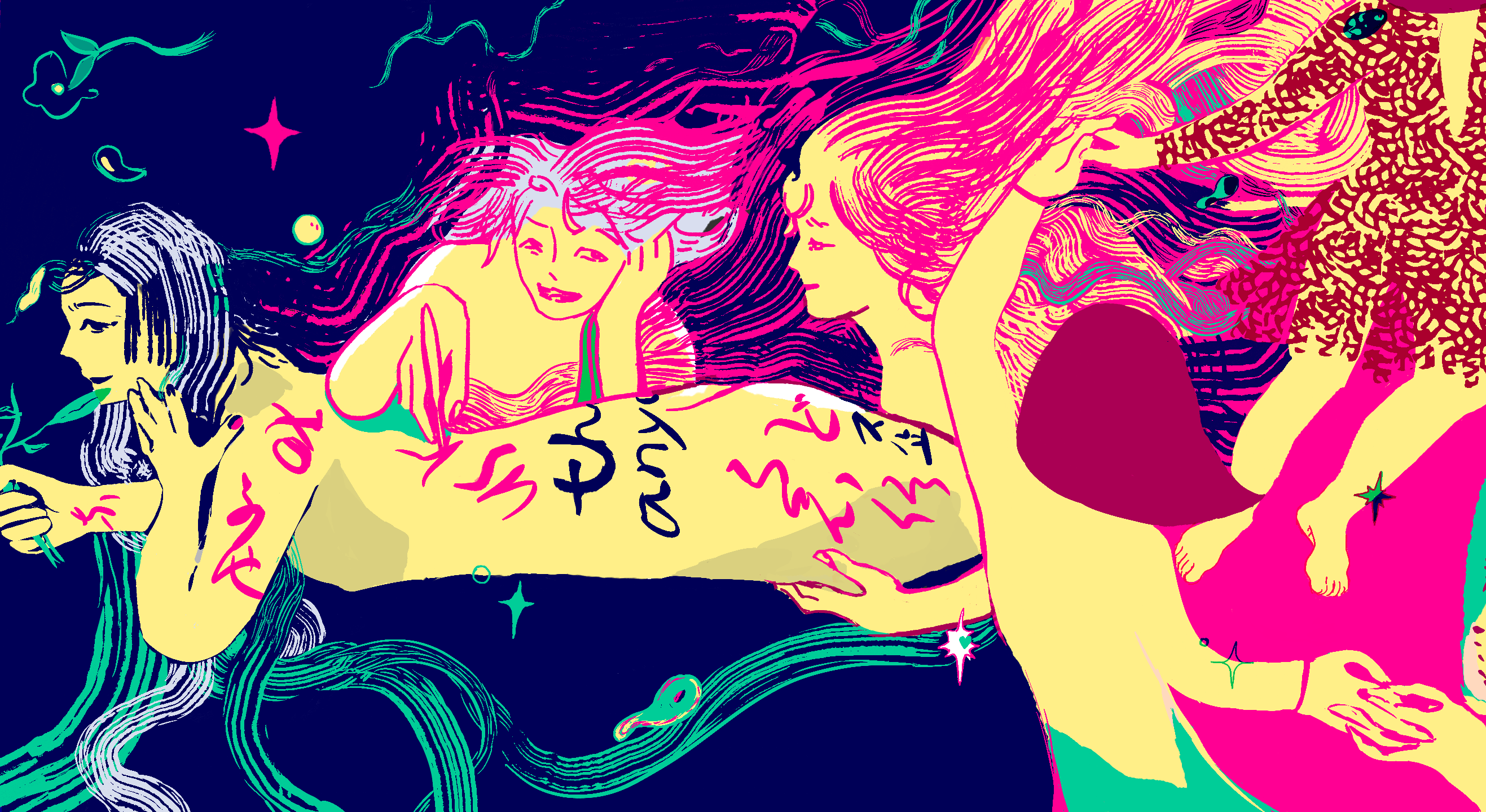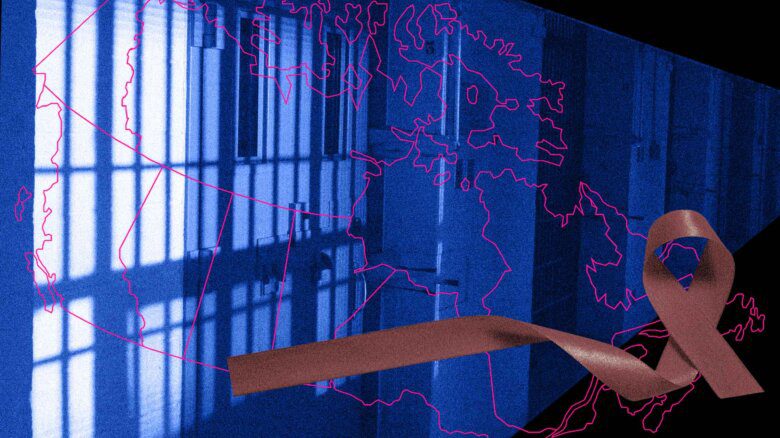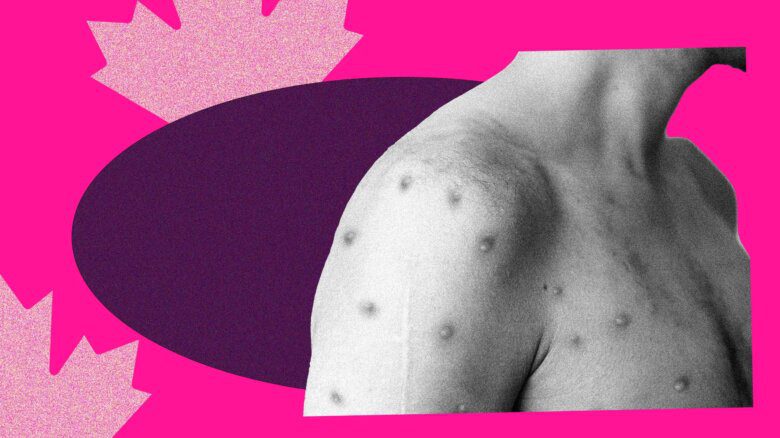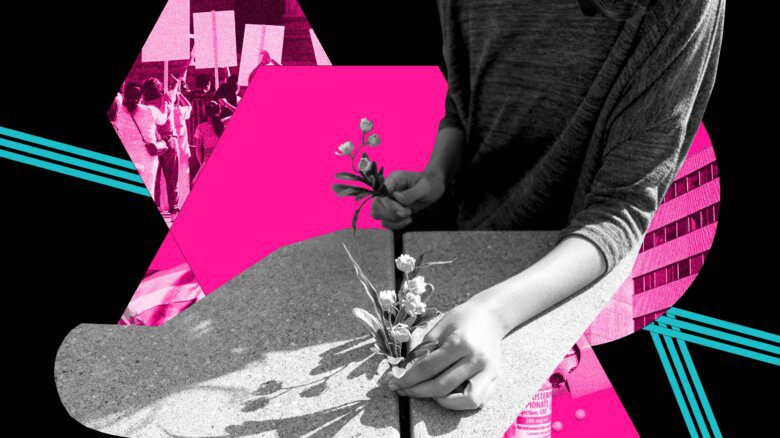“I want them to know how well I was loved.” That’s what a client of Los Angeles, California-based end-of-life doula Vanessa Carlisle told them as she was planning her own end-of-life ritual. The woman, who had chosen a medically assisted death, had a dozen people at home with her on the last day of her life. She invited each of them to sit by her bed and write and draw on her skin with markers, leaving behind a tangible record of their love that would be visible to the funeral professionals who later cared for her body. Carlisle recounts how each person drew pictures of things like stars and flowering vines or wrote words of love and gratitude on her client’s skin. “All of these different people with different experiences of her were honouring their relationships with her through art and words,” Carlisle says. “We covered her limbs, her arms and legs. She got drawings on her belly. She got drawings on her chest. It was silly and adorable and profound. It was sad and beautiful and bright and rainbow. It was all of these things, and it was perfect for the moment.”
When I think of queering death, I think of stories like this one. Death is often depicted as a sad, lonely affair, with one person sitting forlornly beside the dying person’s hospital bed as they take their last breaths. Yet, it doesn’t have to be this way, as Carlilsle’s story vividly illustrates. Many LGBTQ2S+ people connect with ourselves and others through pleasure, eroticism, our bodies and our senses. We bring creativity, playfulness, ritual and sacredness to these experiences, which can be spaces of healing, discovery and enjoyment. While not everyone wants or needs to bring these facets of queerness to dying or mourning, for others they’re a vital part of imagining a fitting death or the process of moving through grief. In her book Pleasure Activism, adrienne maree brown invites us to think of pleasure as “a measure of freedom.” I’m interested in learning more about how we might apply this kind of thinking to death and grief, which is why I talked to LGBTQ2S+ and polyamorous end-of-life doulas, death educators and sex and intimacy coaches about how they incorporate pleasure and eroticism into their work.
Alexandra “Aries” Jo, a Santa Fe, New Mexico-based death educator and host of Death Curious, a death education podcast, says, “Embracing the things that make us feel most alive is vital to a good death.” How we experience this aliveness is unique to each person. It could include your identities and relationships, sexuality, creative practices, spirituality, activism or career, among other things. For Jo, being a non-binary genderqueer kinky polyamorous burlesque performer makes them feel alive; these multifaceted identities are integral to who they are and how they move through the world. “If I imagine myself in 50, 60 years in a hospice situation, I don’t want to have to stop exploring and expanding my gender. I’m going to still be my non-binary genderqueer self all the time, including on my deathbed.” They connect who they are on stage and in their relationships—Daddy Stardust—to who they’ll be in death. “I’m Daddy Stardust on stage and in my polycule, and I don’t want to stop being Daddy just because I’m dying. I want to be even more Daddy while I’m dying,” they say. This includes being with their polycule and continuing their kink relationships and practices. When picturing this deathbed scene, Jo imagines something more punk than pastel. “I don’t want my hospice care home to be flutes, fountains and flowers. I want it to be playing the Misfits, Bikini Kill and Talking Heads!”
Many of the health professionals and other care providers we might interact with at end of life lack knowledge and training about sexuality and intimacy, and what they do know might not align with or encompass the diverse identities, relationship structures or needs and desires of the LGBTQ2S+ people in their care. “Intimacy and sexuality are core dimensions of patient quality of life that are often overlooked in [palliative care] settings,” concluded one 2021 U.S. study on palliative care patients’ experiences of talking with their care providers about sex and intimacy. In a blog post for the Canadian Virtual Hospice, sexuality counsellor and clinical nurse specialist Anne Katz outlines a number of barriers to sexuality at end of life. These include pain and fatigue, changes in sexual or other functioning, body image and partners’ differing needs. They also include lack of privacy and spaces conducive to sexual intimacy in hospice and home care environments and healthcare providers’ attitudes, lack of knowledge or discomfort with talking to their patients about sexuality and intimacy. Additionally, older adults and disabled people are often desexualized, while older LGBTQ2S+ people experience heterosexism and cisnormativity in institutional settings like long-term care. For LGBTQ2S+ people who are part of kink and/or polyamorous communities, care providers are likely even less equipped to understand, affirm and enable us to engage in sexuality and intimacy in ways that align with our identities and desires. All of this might get in the way of us dying as queerly as we lived the rest of our lives.
Eleonora Cross, a Denver, Colorado-based death doula who’s queer and polyamorous, says they wouldn’t want to have to explain their relationships to someone who is helping them go into the next life. Cross points to the apprehension many LGBTQ2S+ or poly people feel about outing themselves to death care providers, which can be an added burden during a time that might already feel vulnerable or overwhelming to a dying person and their loved ones. Cross wants to live in a world where it’s easy to access death care providers who understand and are representative of the diversity of our communities and where “we don’t have to be so afraid that our whole families won’t be taken care of.” For Cross, this family structure includes her partners, her metamours (her partners’ partners) and their children.
“I wish the spaces where LGBTQ2S+ people receive end-of-life care were designed in ways that enable us to fully express our queerness and were welcoming to all of the important people in our lives.”
As someone whose queer family structure is more expansive than many institutions are able to conceptualize, I often notice how assumptions about who will use a space and how are baked into the design of our hospitals, long-term care facilities and hospices. The rooms in these buildings are never big enough for my whole family and we’re always running out of chairs. Institutional norms and policies are similarly shaped by these limiting assumptions. For example, when my co-parent gave birth to our twins last spring, our midwife had to advocate for the hospital to make a policy exception so that all four parents could spend time together with our babies the day they were born. We were given two hours with our newborns, then two of us were required to leave. Writer Kelli Dunham tells a similar story in the 2016 anthology I edited, The Remedy: Queer and Trans Voices on Health and Health Care, where she recounts the experience of subverting a hospital’s overly strict limits on who could visit her dying partner, Cheryl Burke. Dunham and another member of their chosen family traded the same sweatshirt back and forth as a sort of queer disguise to get around a rule attempting to restrict dying patients to a single visitor. In their case, Dunham writes, hospital staff “got the partner part. What they didn’t get was who the hell all those other people were.”
Inside the Queering Death series…
1. Xtra senior editor, politics, Tara-Michelle Ziniuk interviews series writer Zena Sharman on the scope of the series, introducing readers to the topic and upcoming themes
2. We live queer lives, and thus should die queer deaths. Find out what exactly this means, and about some of the people who have already done so.
3. End-of-life planning doesn’t have to be the beige and bureaucratic; it can be “wonderfully queer,” and we explain how.
4. The death care industry wasn’t created for us, our families or our relationships—but we can take matters into our own hands and away from these institutions.
5. It might sound taboo, but it is possible to bring pleasure and eroticism into the end stages of life. And why not increase queer joy whenever we can?
6. Dominant narratives of grief don’t suit our realities, so let’s turn them on their heads and figure out what grief looks like from an LGBTQ2S+ perspective.
I wish the spaces where LGBTQ2S+ people receive end-of-life care were designed in ways that enable us to fully express our queerness and were welcoming to all of the important people in our lives. I’m picturing adjustable beds big enough for the whole polycule to cuddle in, a richly stocked library of adaptive devices, enough comfy chairs and sturdy cots so everyone who needs one has somewhere to sit or sleep and a generously sized accessible bathtub and shower. There’d be a private room with a door that locks, lights that dim and 24/7 access to care by providers who are knowledgeable, affirming and sex- and kink-positive. What else would you want in your dying space? Maybe there’d be a gorgeous mirror, a beautiful view, a cabinet full of toys for sensation or impact play, some hard points on the ceiling or a closet full of garments you feel sexy in.
Since most of us probably aren’t living around the corner from the kinky queer hospice of our dreams, Portland, Oregon-based somatic sex and intimacy coach Jess DeVries encourages us to use our senses as a more easily accessible pathway into pleasure at end of life. DeVries asks us to ponder sensory-oriented questions like, “What colours does the person who’s dying like to be surrounded by? What scents do they like? What sounds do they like to hear?” While not everyone wants to experience touch at end of life, for many people touch is an important way to experience pleasure and connection. DeVries invites dying people and those they’re intimate with to explore the different kinds of touch a dying person might want to experience and from whom, always with consent in mind. DeVries also knows first-hand how eroticism can be helpful to people grieving a loss. Since 2022, she’s hosted a monthly virtual Mindful Erotic Grief gathering, an offering that emerged out of her own experiences of loss. There, DeVries says, “Everything’s welcome and pleasure can show up if you want it to.”
I first started thinking about the relationships between pleasure and end of life last summer during the death doula course I took through Douglas College. Our instructor had us brainstorm a list of strategies for reducing pain at end of life—an essential form of support for many dying people. This conversation got me wondering how, in addition to managing pain, we might find ways of increasing dying people’s pleasure. That night, I went home after class and fell down a research rabbit hole that soon led me to a panel hosted by community death care advocate Witch Wilde of Sacred Undertaking, who’d brought together a group of sex workers to talk about sadomasochistic rites for conscious dying. I appreciated the thoughtfulness and creativity with which these professionals traversed the edges between sex and death—it felt like a missing piece of the curriculum of my formal training in end-of-life care.
When I ask Carlisle about the connections between death work and sex work, they tell me their work as an end-of-life doula is deeply influenced by their experience as a sex worker. Carlisle says they gravitated first toward sex work, then toward death work and was drawn to both out of a deep curiosity about humans, feelings and bodies and an interest in “intimacy in all its forms.” “Sex work taught me a lot about courage in the face of whatever human bodies are doing,” Carlisle says, noting these skills are helpful when supporting others at end of life because they feel comfortable being with people in a wide range of bodily states.
When asked how we might bring more pleasure, sex and eroticism into end-of-life care, Carlisle invites us to begin by inquiring into the possibility that we may be in denial about the completion of a dying person’s sexual life. Sometimes, we “need to just sit with the fact that sex or pleasure are no longer available in the way we once knew them.” This can be a source of grief for both a dying person and those they’re intimate with. Yet Carlisle is also attentive to the fact that some dying people will want sexual touch, sexual intimacy or pleasure practices. Since practices that were formerly part of their sexual or erotic life may no longer be accessible or desirable to them, a dying person, their loved ones and their support people may need to “get creative to find what the affordances are.”
Many of the people Ottawa-based death doula and educator Tiana Dargent works with are part of queer kink communities. It’s important to Dargent’s clients to find care providers who understand the importance of these facets of their identities and give them the honour they deserve. Dargent tells me a story about brainstorming with a client who has a potentially fatal illness about how they might adapt their sexual and kink practices to align with their body’s shifting capacity. She frames this experience in terms of disability justice, pointing to the importance of “making adaptations so that people can actually fucking live while they’re still living, even while they’re in decline.” I’m reminded of Shayda Kafai’s book Crip Kinship, where she calls crip sex as a “transformative pleasure universe,” describing it “an offering, an atlas guiding us back to the inherent knowing that our bodyminds deserve pleasure, bliss and contentment.”
I keep returning to a question Carlisle asked during our conversation about intimacy at end of life: “How do we adore each other?” I don’t know if I’ll die in a way that will enable me to have more self-determination around what the experience looks and feels like, or whether I’ll want it to include the many forms of pleasure and eroticism that are an important part of my life as a queer person. What I do know is that I want LGBTQ2S+ people to have space to explore and honour the many facets of who we are—and room enough for all of the people we love and care for—in how we die, and to feel able to be as fully ourselves in death as we are in life. May we all feel adored for exactly who we are, in all our glorious queerness.
Next up: What if we told you that what society, and the media, tells us grief looks like just isn’t true? Queer and trans people’s grief, like our existence, deviates from the norm—in the final piece from the series, we unpack what that really means.


 Why you can trust Xtra
Why you can trust Xtra


